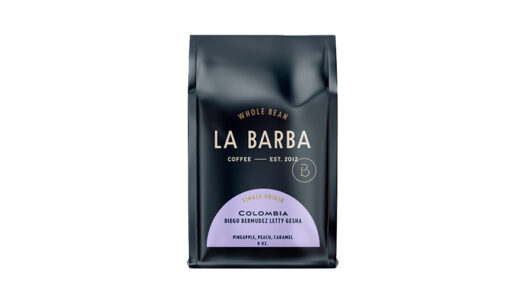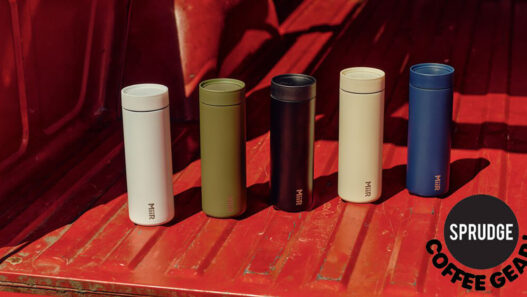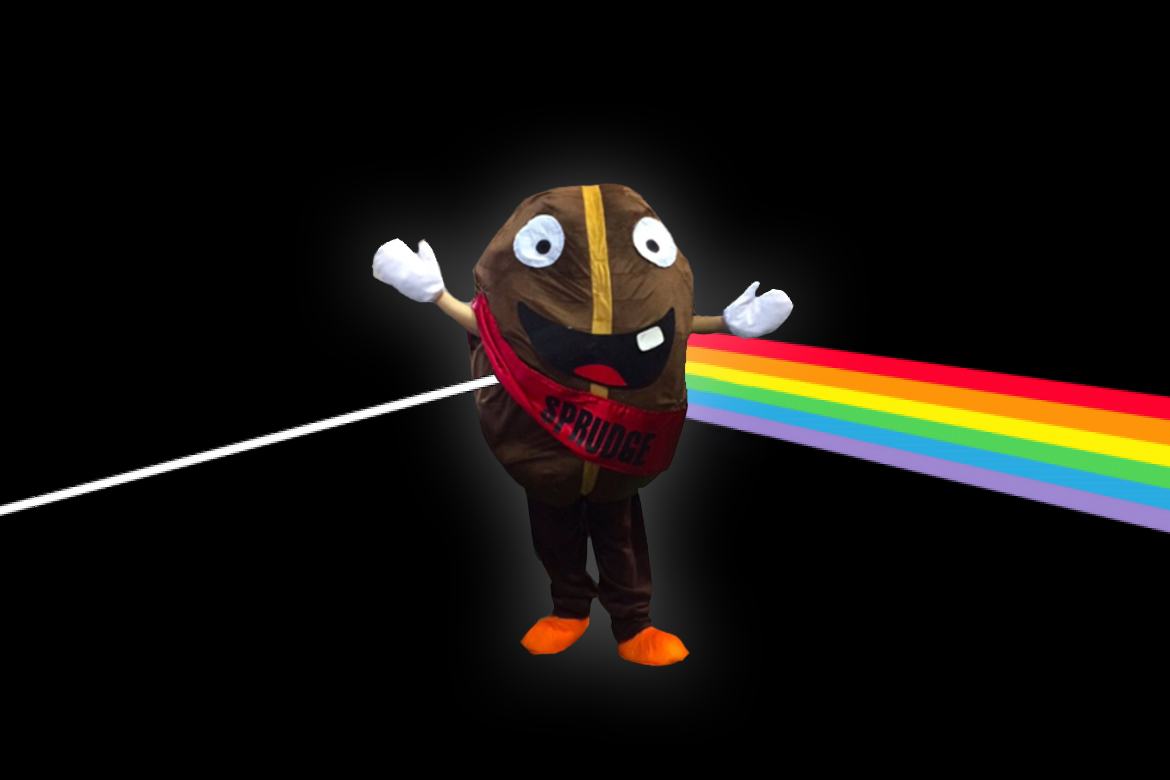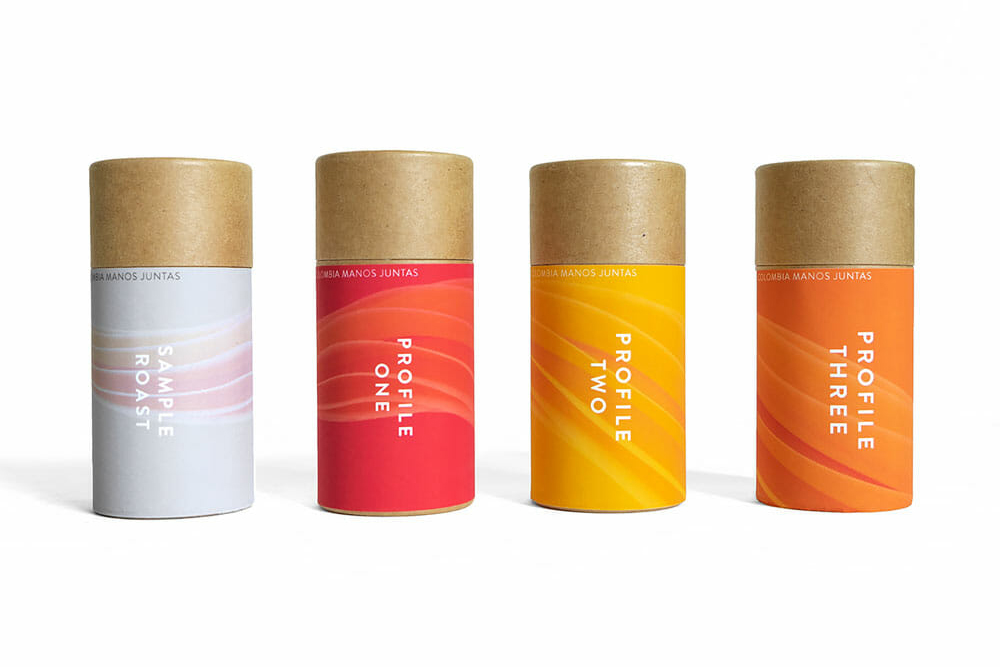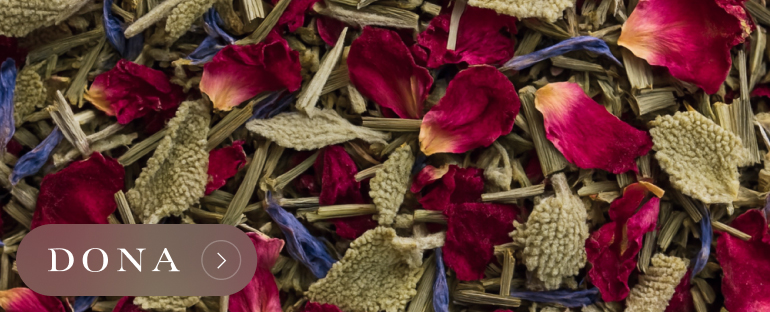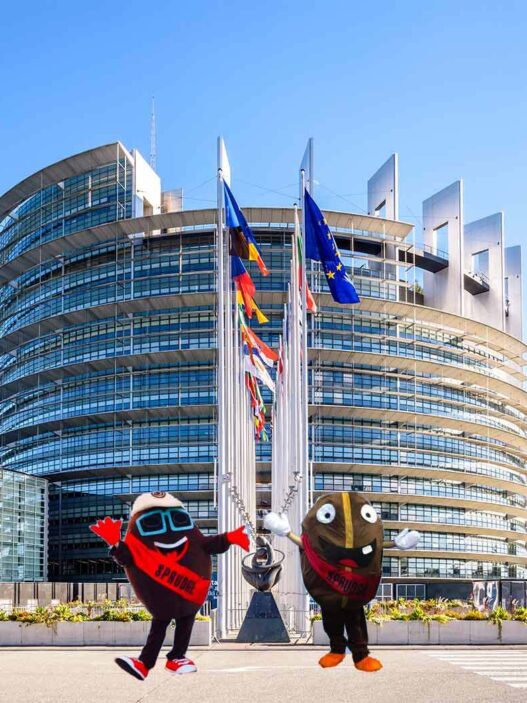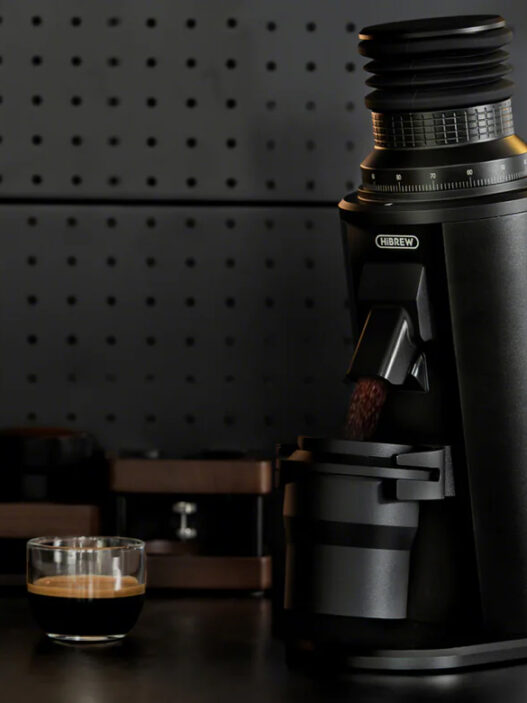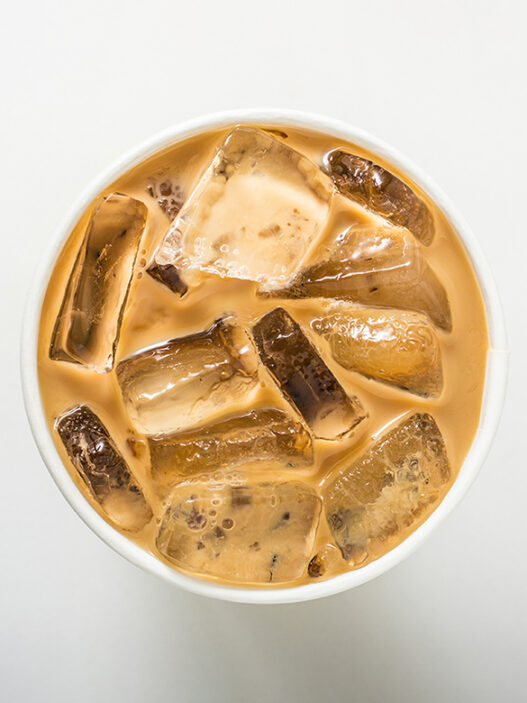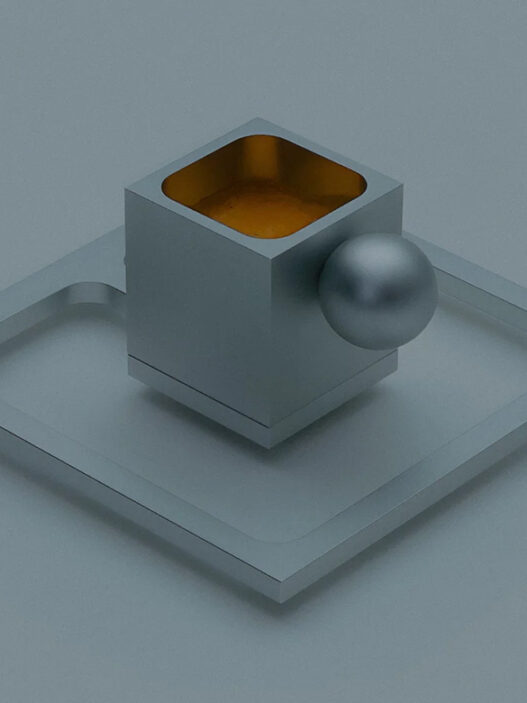If there is one through line in the cultivating and brewing—and everything in between—of high quality coffee, it is consistency. Consistency in cherry ripeness and quality, in bean size and density, roast level, grind size, etc. Throughout the entire lifecycle of a coffee bean, uniformity is paramount. At the coffee farm, attaining this level of meticulous sameness is a very manual and time-consuming process. But some Brazilian scientists are hoping to automate the green coffee sorting process using multispectral imaging and machine learning.
As reported by Technology Networks, scientists at the University of São Paulo’s Center for Nuclear Energy in Agriculture (CENA-USP), Luiz de Queiroz College of Agriculture (ESALQ-USP), and the Computer Center at the Federal University of Pernambuco (UFPE) have developed a means of real-time sorting specialty grade green coffee (those that score an 80 or above) from commodity using “a multispectral imaging (MSI) technique based on reflectance and autofluorescence.”
For their work, published recently in the journal Computers and Electronics in Agriculture, the researchers first built an image bank from which the machine learning could be calibrated and tested. To do this, they used 16 different samples of green coffee grown in Minas Gerais and São Paulo, 10 specialty grade and six commodity. From each sample, scientists selected 64 coffee beans “without prior treatment” at random, which would individually be placed in a sphere containing LED lights, optical filters, and a camera. The camera would then capture images of the beans after “homogenous and diffuse illumination at different wavelengths.”
In examining the images, the scientists found that specialty coffee was more uniform in shape in visible spectrum images (the wavelength the human eye can see), whereas commodity coffee showed more intensely in the autofluorescence images (“the natural emission of light by biological… when they have absorbed light”). Winston Pinheiro Claro Gomes, the study’s author states:
“The model we chose was the one that performed best in distinguishing between specialty and standard coffee beans. In this model, the most important information for the purpose of constructing separation boundaries came from the green fluorescence. We therefore decided to analyze the individual compounds that naturally display green fluorescence and tried to associate some fluorescent compounds that might influence the coffee grading separation process.”
Per Technology Networks, the categorizing model can currently only distinguish between specialty- and commodity-grade coffee, but the researchers are next looking to develop it even further to categorize green coffee into the SCA’s defined score levels.
With its narrow categorization band and expensive equipment required, the Brazil green sorting model isn’t quite ready for broadscale implementation. It nonetheless poses an exciting advancement in automating a very laborious part of farm-level processing.
Zac Cadwalader is the managing editor at Sprudge Media Network and a staff writer based in Dallas. Read more Zac Cadwalader on Sprudge.




